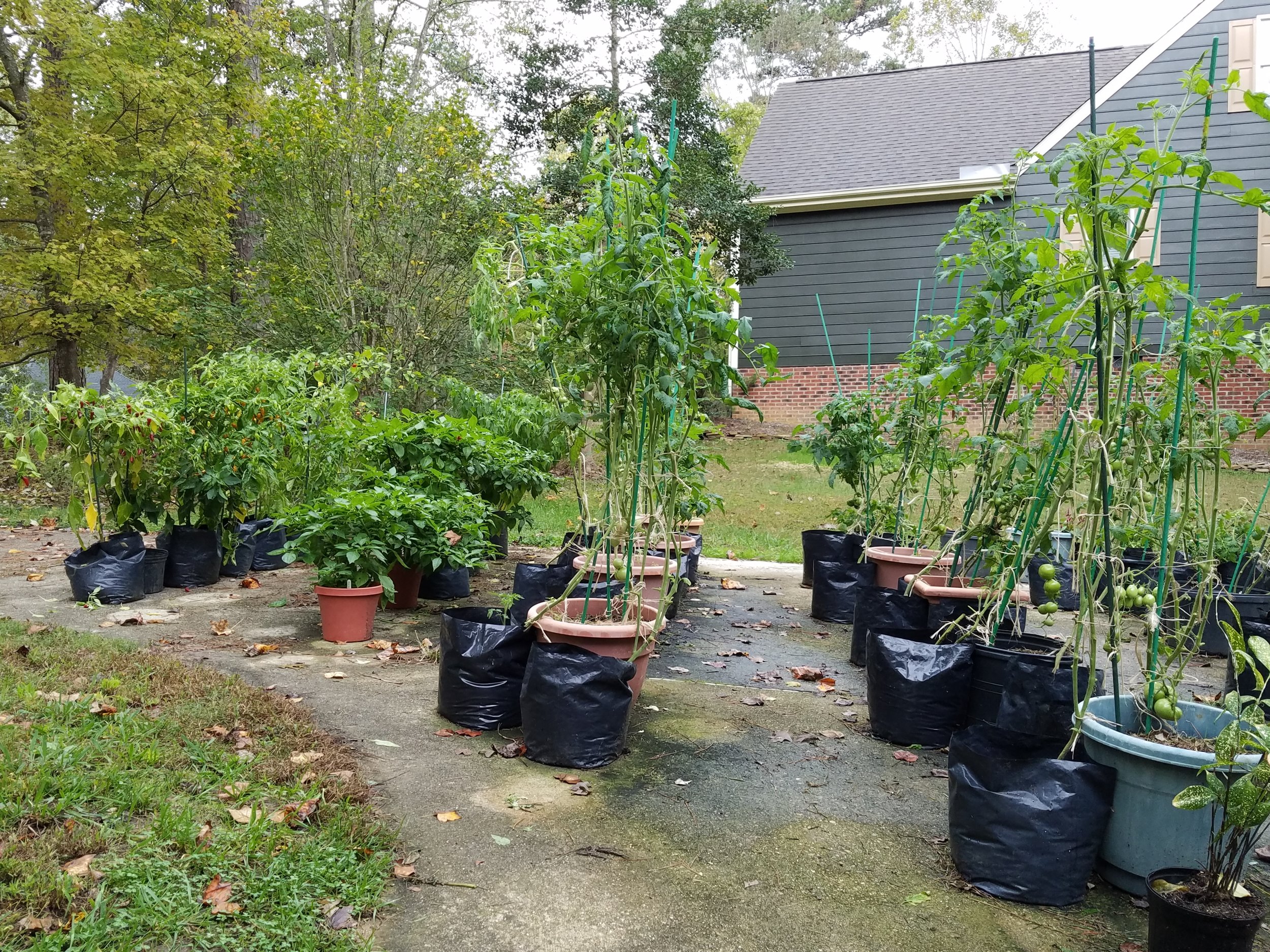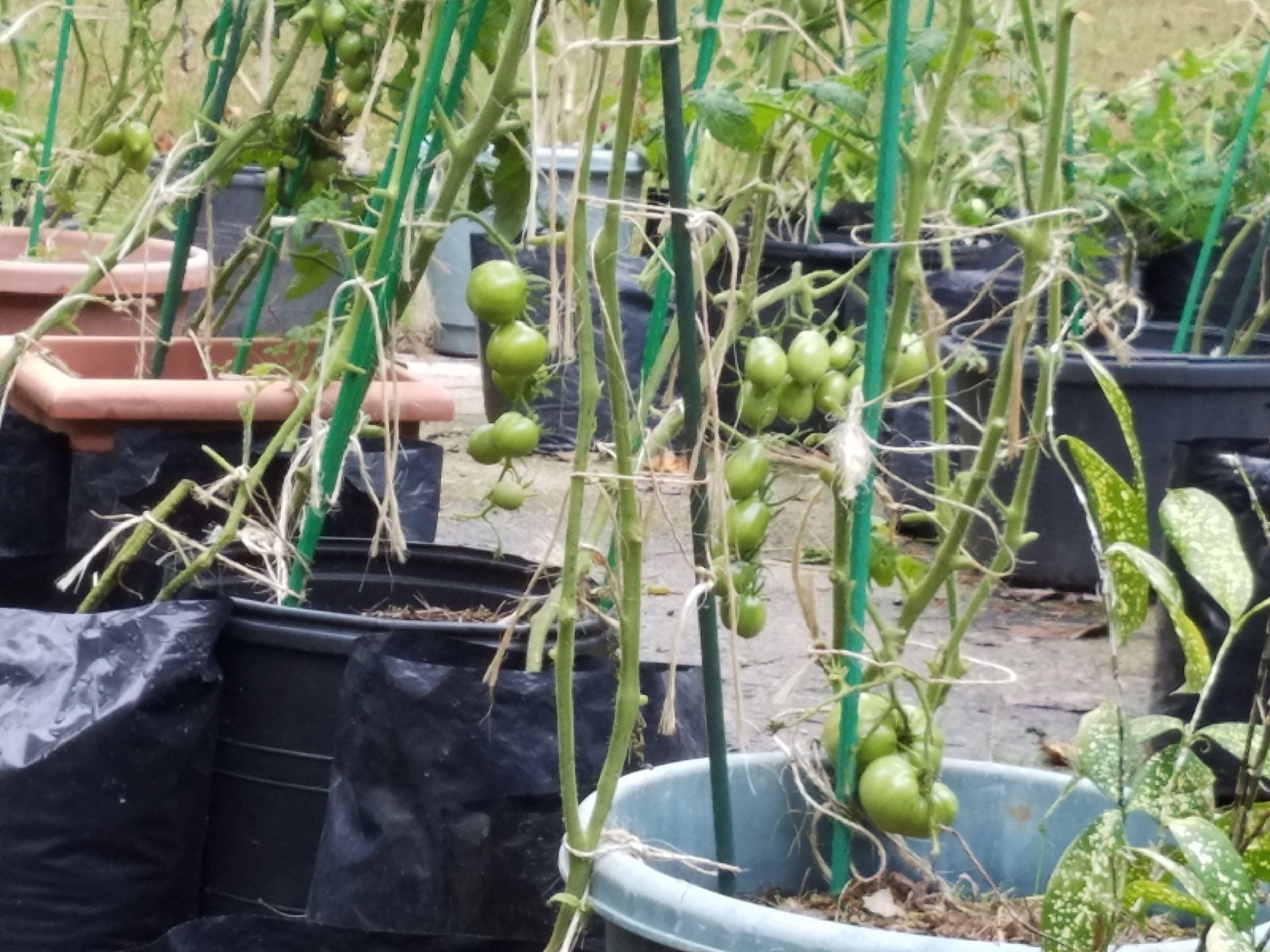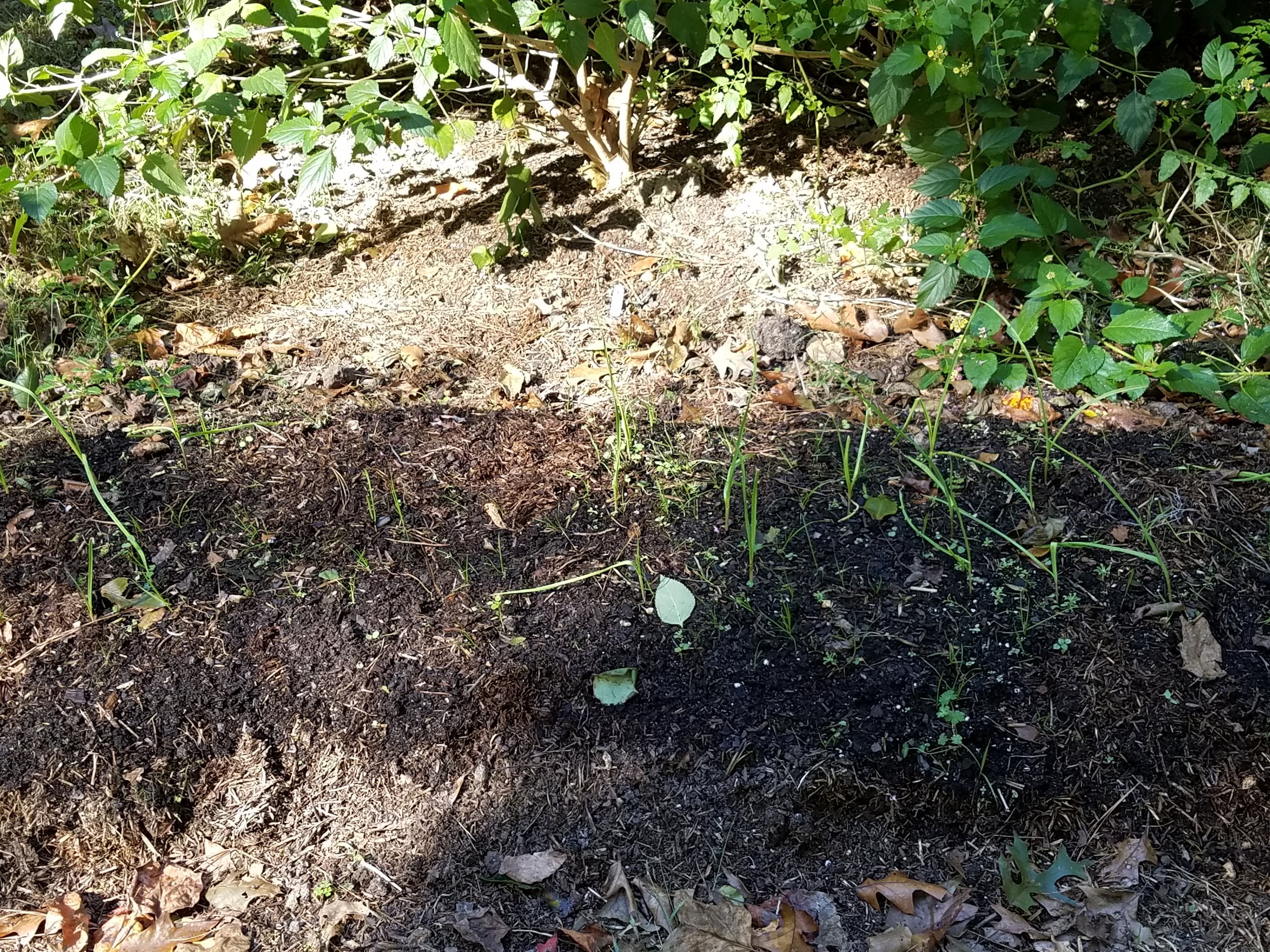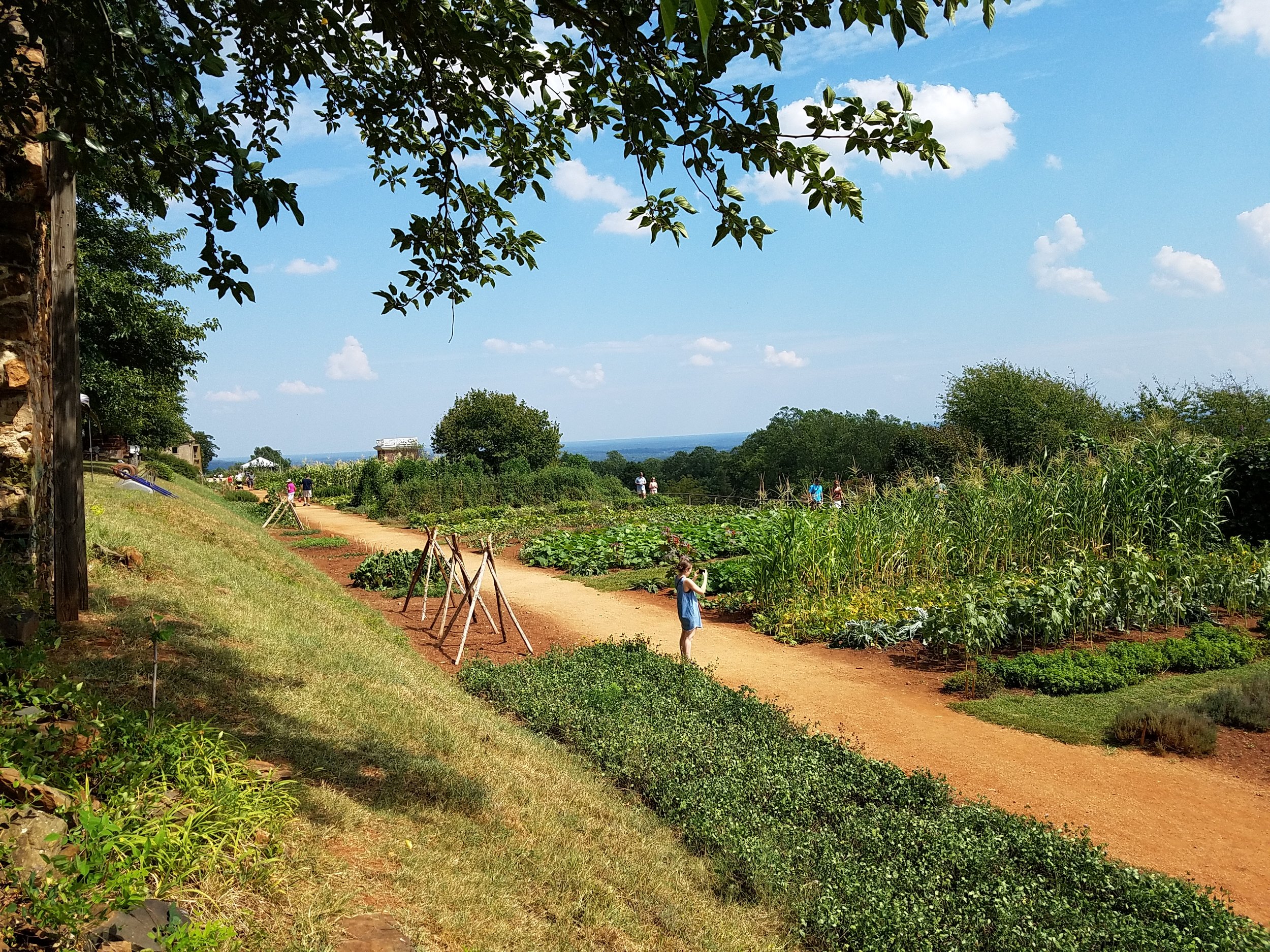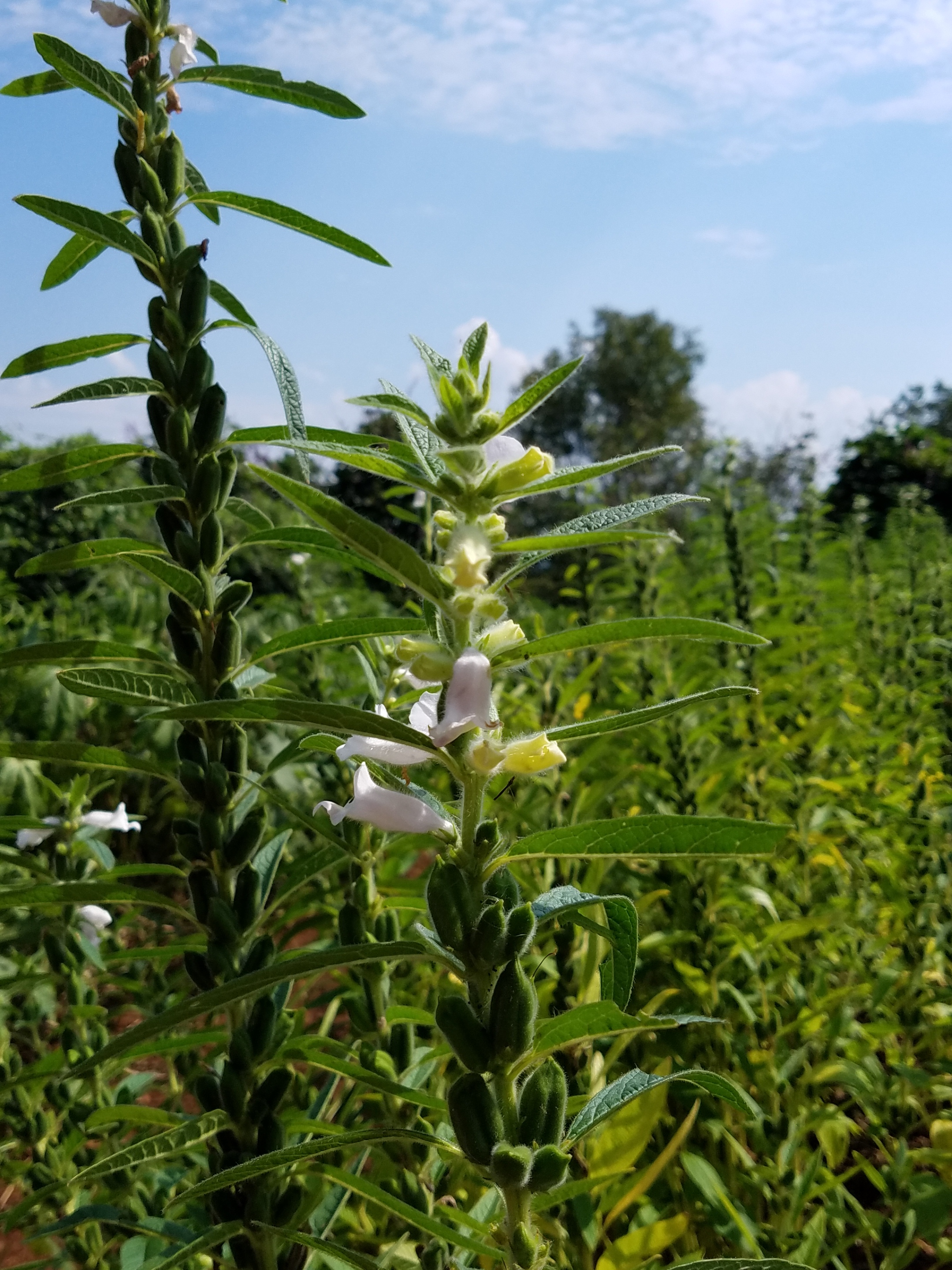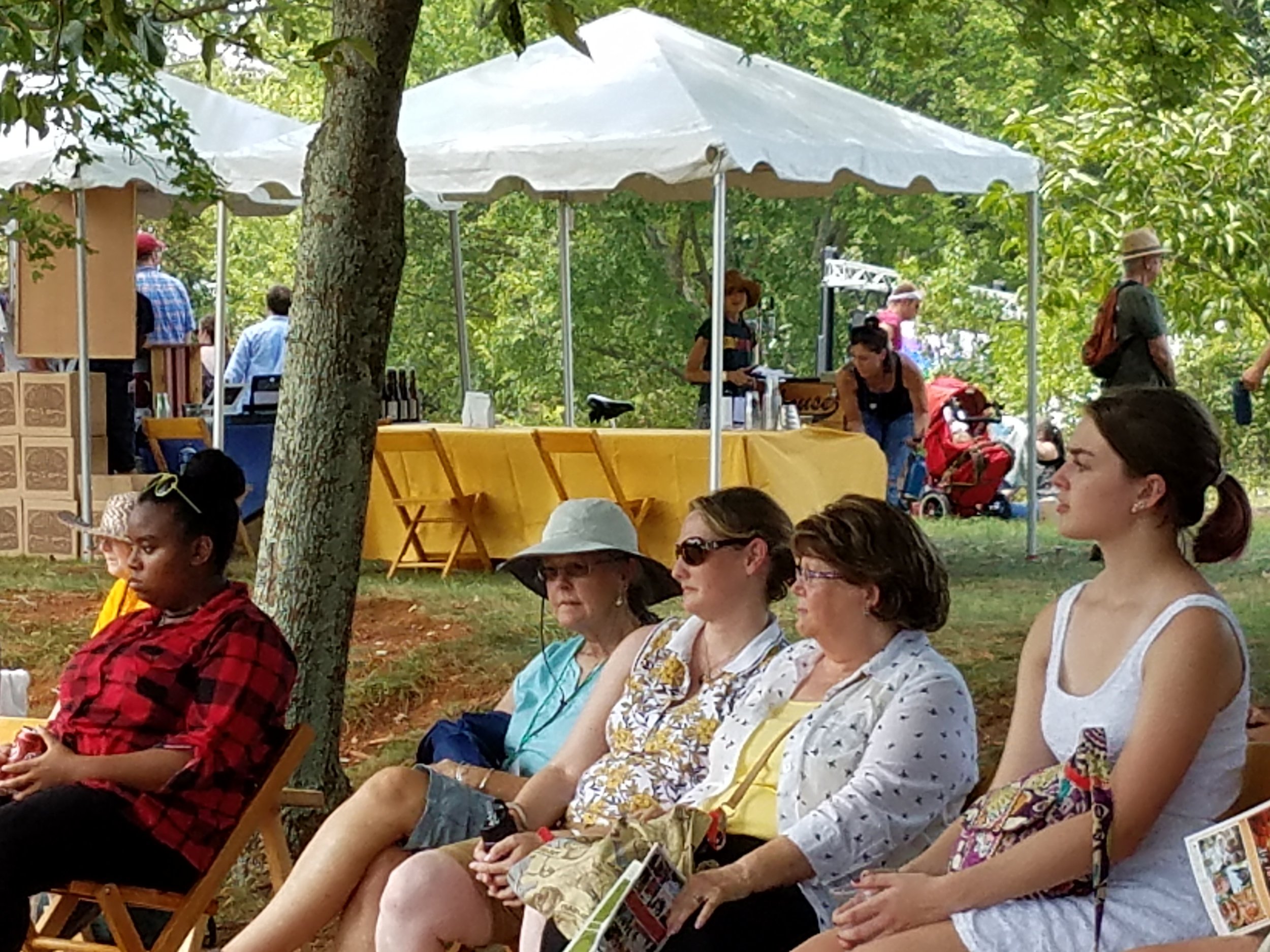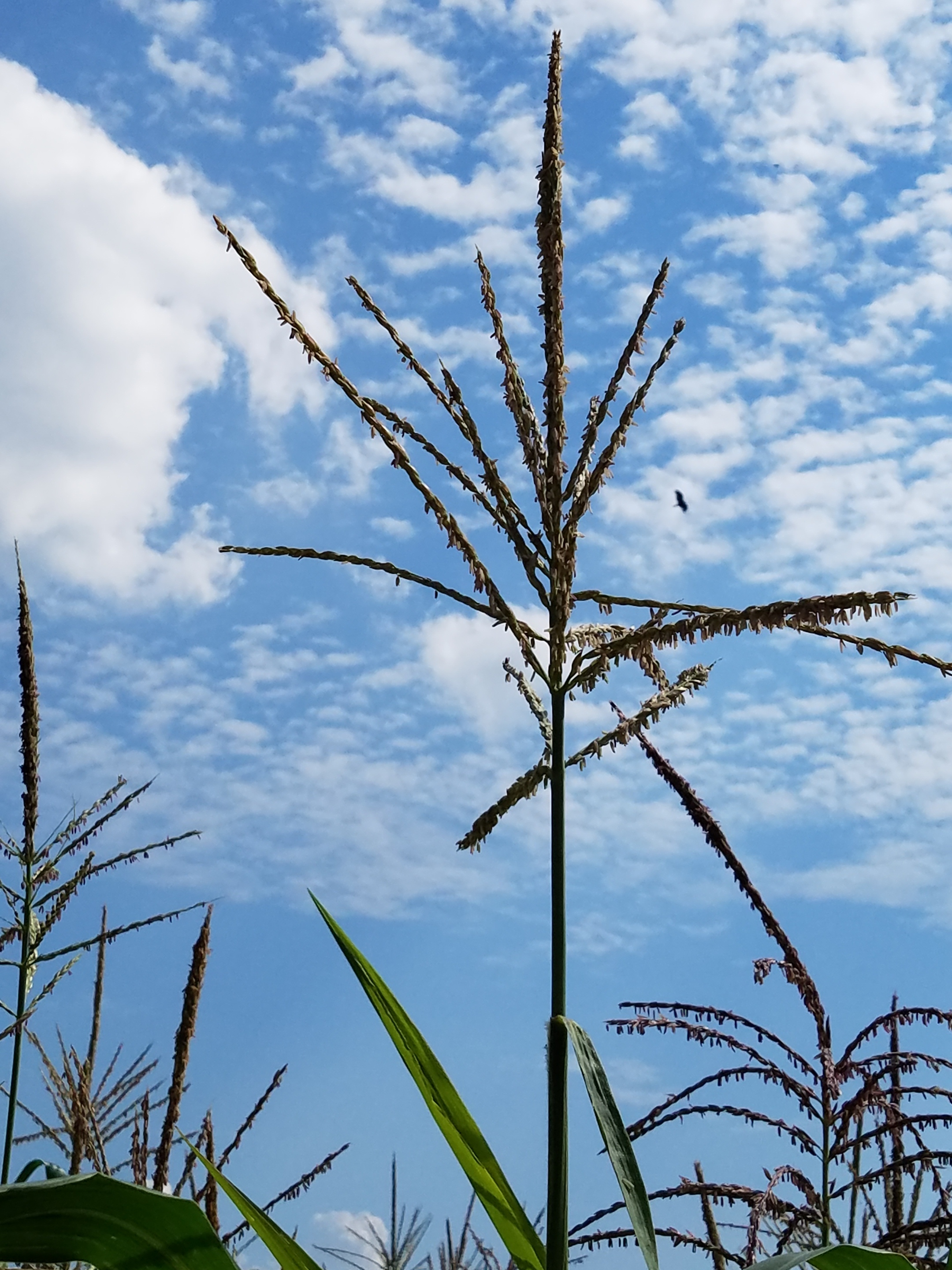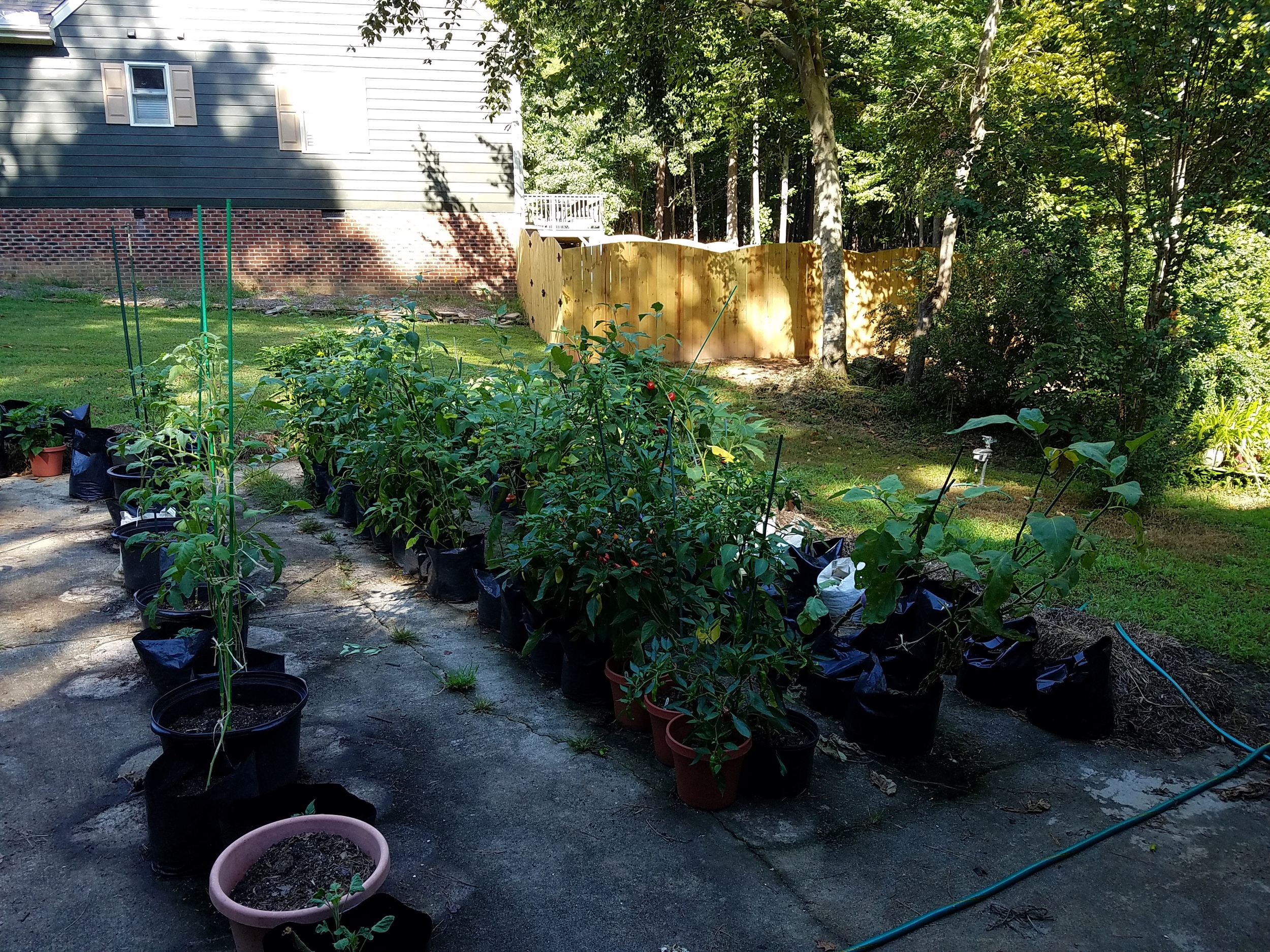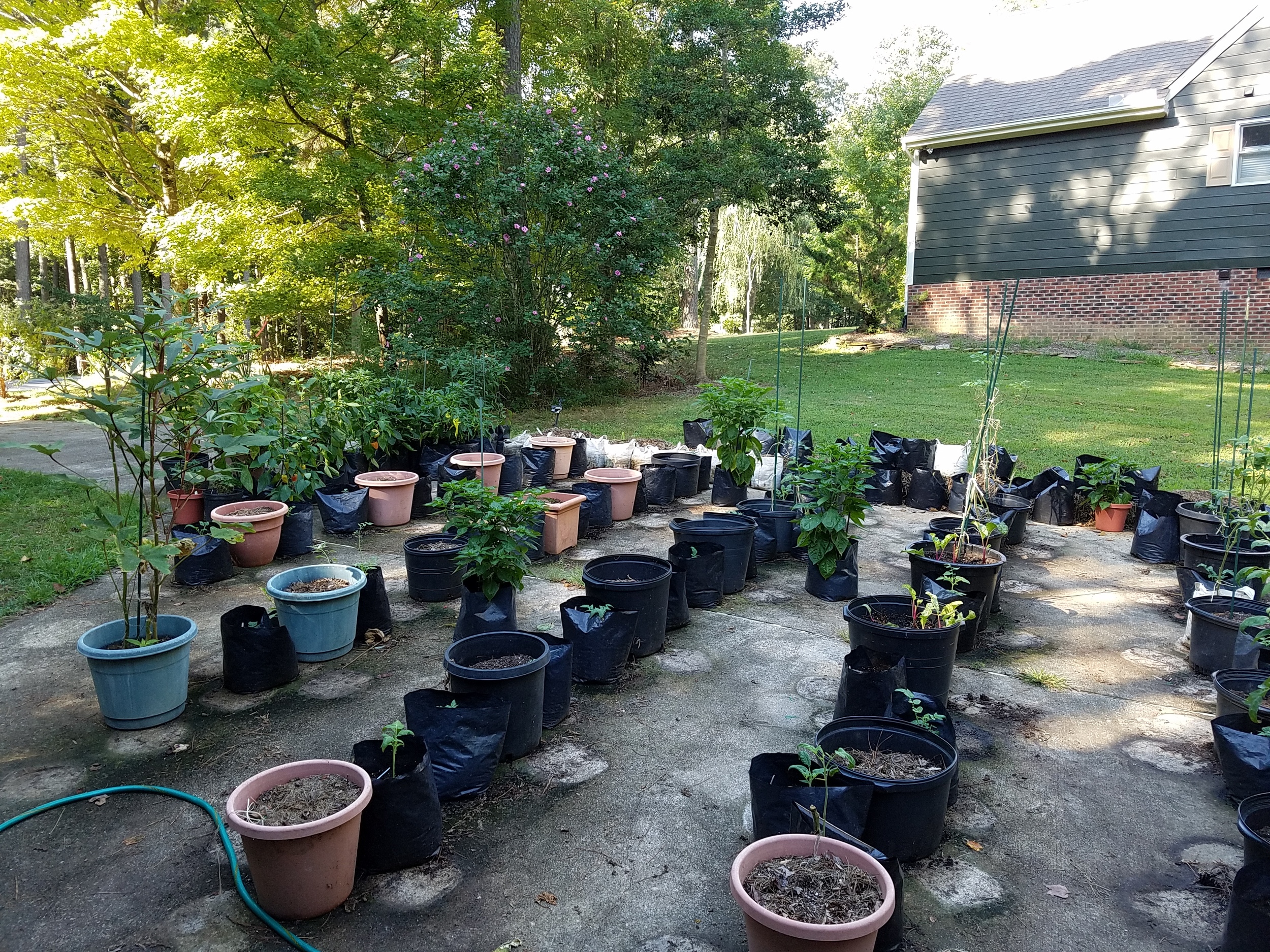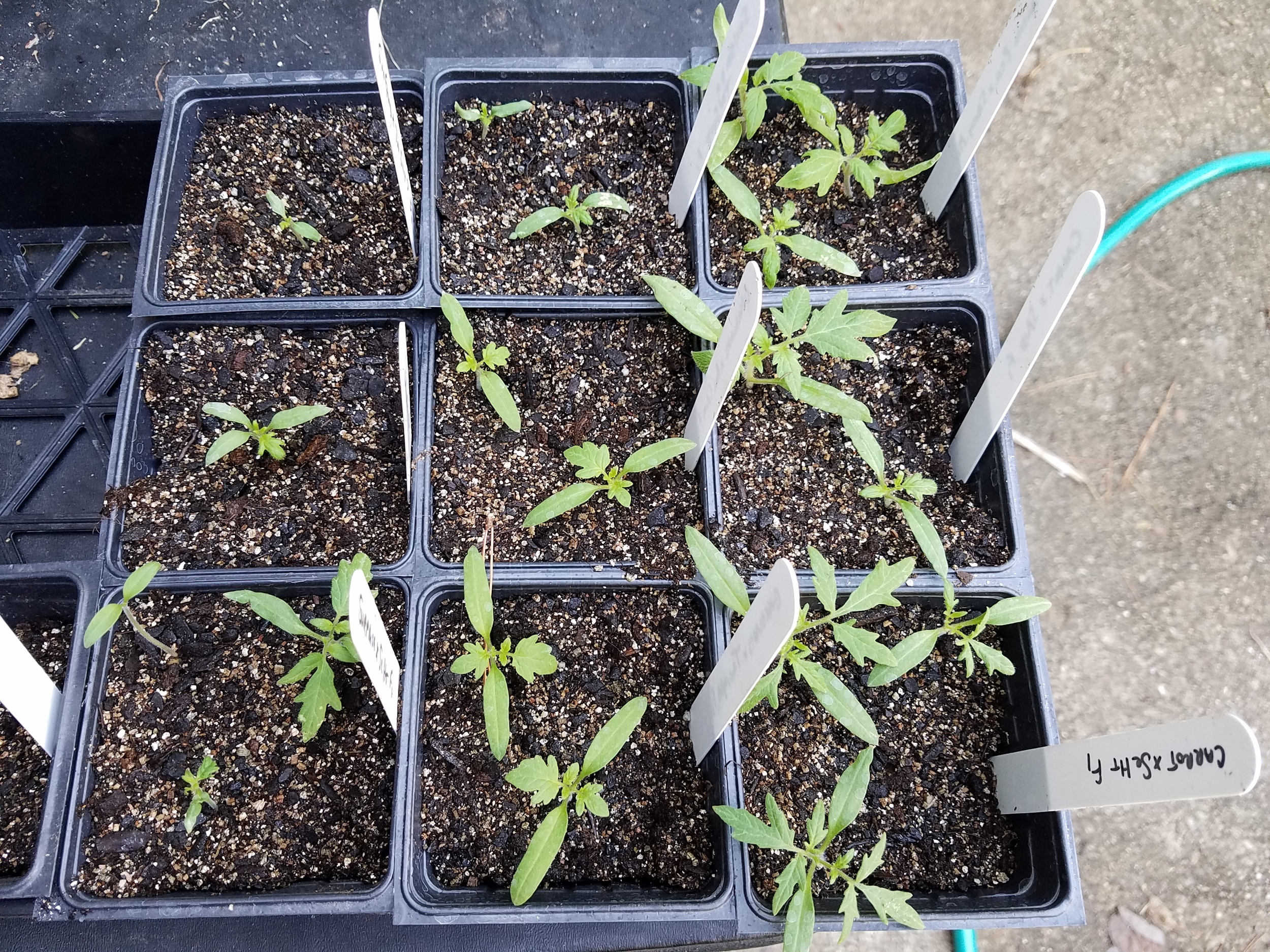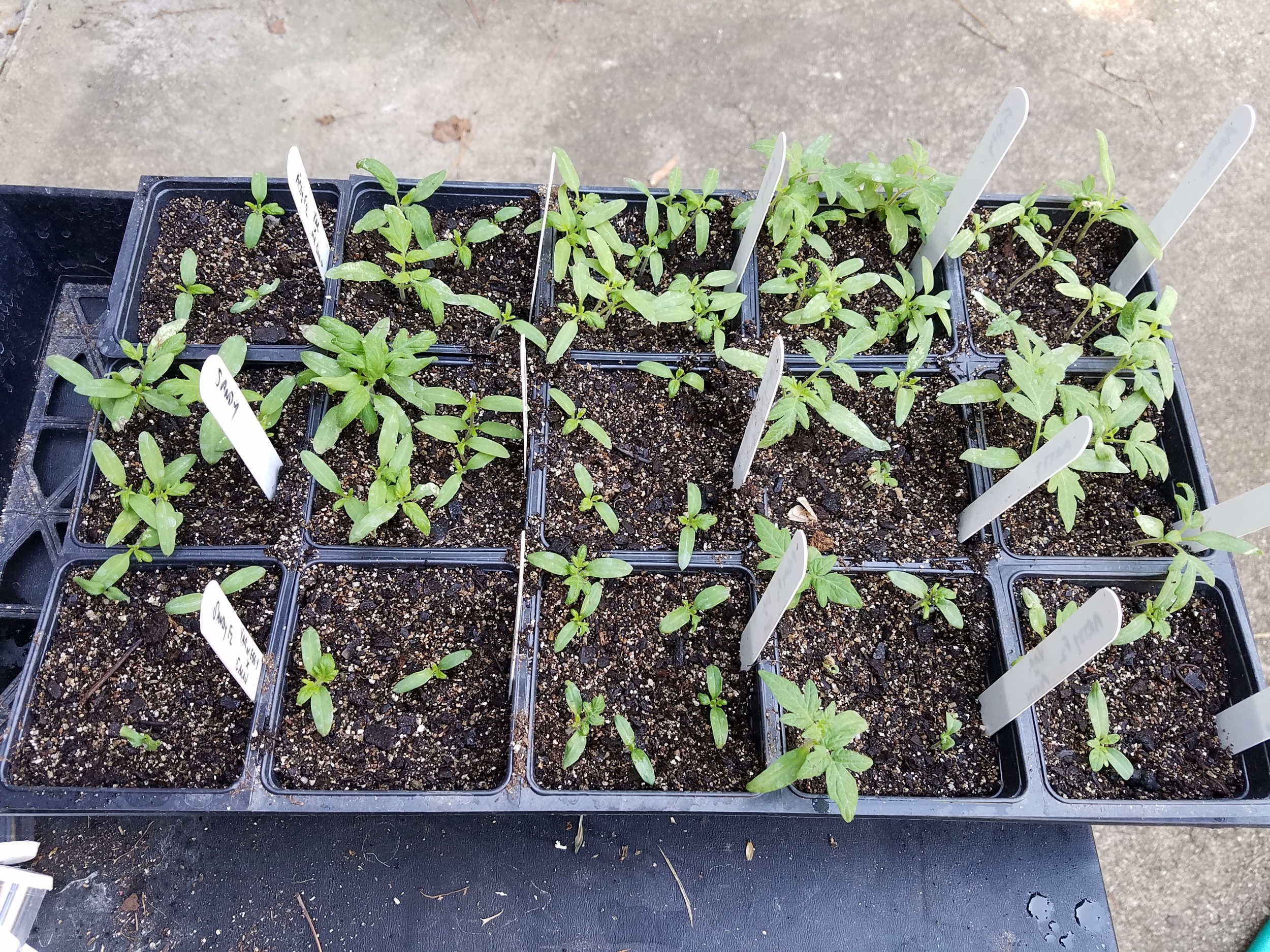The year is now zipping by at record speed. Yet, even with November knocking on the door, I have a driveway full of thriving pepper and tomato plants. Go figure!
News item #1: This is old news, really - but a continued plea for those who are growing the Dwarf Tomatoes that our project created to fill out a brief survey. This important data that you will hopefully provide helps to paint a picture of which varieties do well where - which you love, which you don't....which will become heirlooms (being grown and shared 50 - 100 - years from now), and which will fade into oblivion. Thanks in advance for any data you provide!
News item #2: Imagine my surprise when a few pics appeared on my Facebook news feed late at night on September 19. My gardening friend Brie Arthur, attending the Garden Writers Association meeting in Atlanta, notified me that Epic Tomatoes took the Gold award for best book. I didn't even know it was submitted! Feeling so much gratitude for all who were involved - my editor Carleen, art director Carolyn, photographers Stephen, Kip and Marcie - and all of you who purchased the book.
Here is the press release From GWA
For Immediate Release
Craig LeHoullier Receives 2016 GWA Media Awards Gold Medal of Achievement
October 5, 2016 – Craig LeHoullier received the 2016 Media Awards Gold Medal of Achievement for Best Overall Book presented by GWA: The Association for Garden Communicators.
This national award recognizes individuals and companies who achieve the highest levels of talent and professionalism in garden communications. The 2016 competition had more than 250 entries in 56 categories, and Silver Awards of Achievement were given to 59 pieces of work making them semi-finalists for Gold Awards. A total of 11 Gold Medals were awarded at the 2016 GWA Awards & Honors Dinner, held on Monday, September 19.
Craig LeHoullier received the Gold Medal of Achievement for his book entitled Epic Tomatoes (Storey Publishing).
“The GWA Media Awards showcase the writers, photographers, editors, publishers and trade companies that have pursued excellence in gardening communication in print or electronic communications,” says Kirk Brown, president of GWA. “The Media Award winners have been judged by industry experts and show significant distinction and merits that exemplify exceptional work.”
Craig, who lived in Raleigh NC, is well known as one of the foremost experts on heirloom tomatoes, and has advised the Seed Savers Exchange on tomatoes for decades. Epic Tomatoes is his first book. His blog, calendar of speaking engagements and projects can be found at www.craiglehoullier.com.
Since the early 1980s, the GWA Media Awards program has recognized outstanding writing, photography, graphic design and illustration for books, newspaper stories, magazine articles and other works focused on gardening. In recent years, the awards program has expanded to include on-air talent, production and direction for radio, television, video, Internet and other electronic media.
To view all the 2016 GWA Media Award recipients, visit www.gardenwriters.org. For more information about this award, contact Caitlin Norton at 678.298.1177 or cnorton@kellencompany.com.
About GWA
GWA: The Association for Garden Communicators, formerly the Garden Writers Association, is an organization of professional communicators in the green industry including book authors, bloggers, staff editors, syndicated columnists, free-lance writers, photographers, speakers, landscape designers, television and radio personalities, consultants, publishers, extension service agents and more. No other organization in the industry has as much contact with the buying public as GWA members. Learn more at www.gardenwriters.org.
News item #3 - my 2017 calendar of events is getting pretty interesting...and busy! More are likely - keep checking it out...I hope to see you somewhere, some time next year!
Garden update - I returned from our two week Cape Cod trip to find a mix of very good and a bit of sad. With the rain from Matthew and my absence, fungal diseases and some pest issues took hold on some plants. Still, after working on the plants for a few days, there are still more than 50 tomato plants that are loading up with fruit, and all peppers are still doing fine. The eggplant are now history. Garlic is beginning to emerge in the front rows of our side garden. I will blog in more detail about the tomatoes that I hope to harvest in the coming weeks; most are part of the Dwarf Tomato breeding project, and are starting points for future releases.


